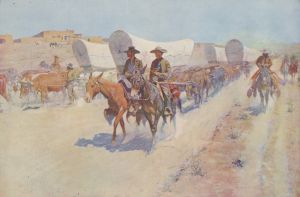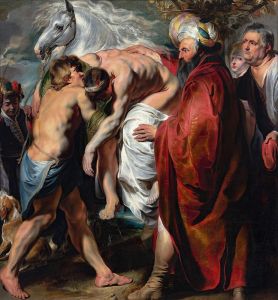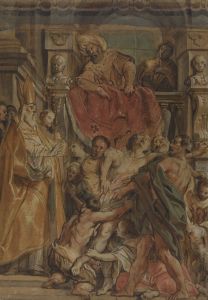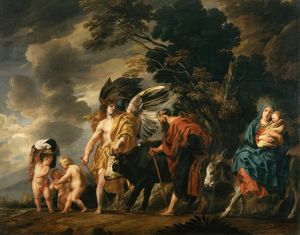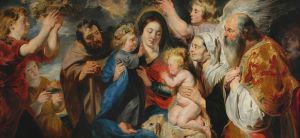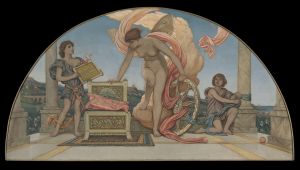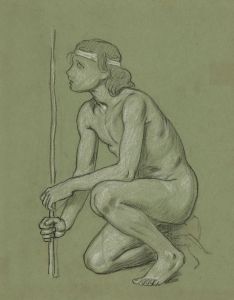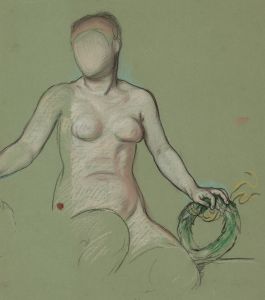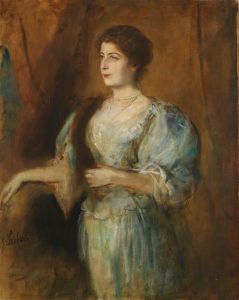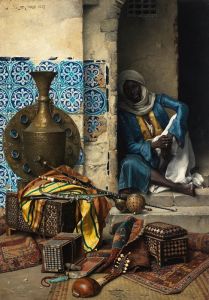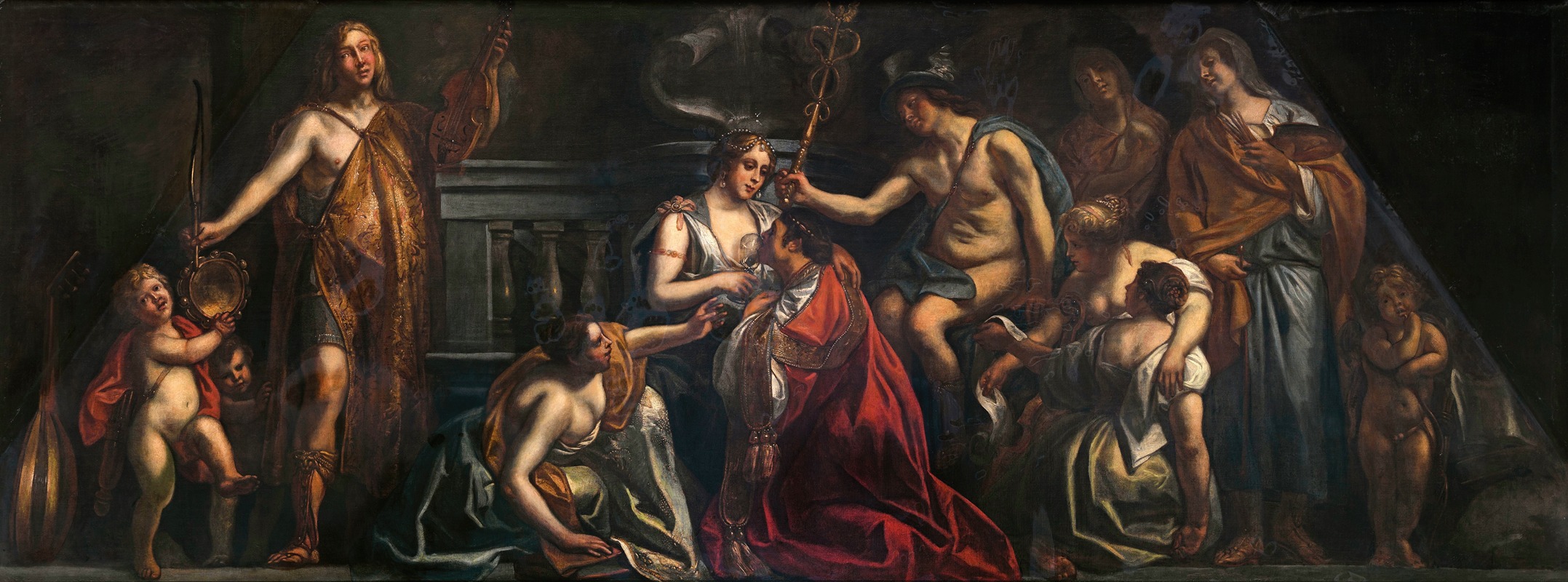
Industry en Trade Promote the Flowering of Art
A hand-painted replica of Jacob Jordaens’s masterpiece Industry en Trade Promote the Flowering of Art, meticulously crafted by professional artists to capture the true essence of the original. Each piece is created with museum-quality canvas and rare mineral pigments, carefully painted by experienced artists with delicate brushstrokes and rich, layered colors to perfectly recreate the texture of the original artwork. Unlike machine-printed reproductions, this hand-painted version brings the painting to life, infused with the artist’s emotions and skill in every stroke. Whether for personal collection or home decoration, it instantly elevates the artistic atmosphere of any space.
Jacob Jordaens, a prominent Flemish Baroque painter, created the artwork "Industry en Trade Promote the Flowering of Art" during the 17th century. Jordaens was known for his vibrant compositions and his ability to depict complex allegorical themes, often drawing from classical mythology and contemporary life. This particular painting is an allegorical representation, a common theme in Jordaens' work, which reflects the interconnectedness of industry, trade, and the flourishing of the arts.
The painting illustrates the symbiotic relationship between economic prosperity and cultural development. In the 17th century, Flanders was a hub of commercial activity, and cities like Antwerp were thriving centers of trade. This economic boom provided the financial support necessary for the arts to flourish. Wealthy merchants and traders often became patrons of the arts, commissioning works from artists like Jordaens. This patronage system was crucial for artists, as it provided them with the resources and opportunities to create and innovate.
In "Industry en Trade Promote the Flowering of Art," Jordaens likely used allegorical figures to personify industry and trade, possibly depicted as robust, dynamic figures engaged in activities that symbolize economic productivity. The arts might be represented by figures engaged in creative pursuits, such as painting or sculpture, surrounded by symbols of artistic achievement. The composition would typically be rich in detail, showcasing Jordaens' skill in rendering textures and expressions, and his ability to convey narrative through imagery.
Jordaens' work is characterized by its lively use of color and dramatic contrasts of light and shadow, techniques that he employed to bring his allegorical scenes to life. His style was influenced by his contemporaries, such as Peter Paul Rubens, with whom he shared a similar approach to composition and thematic exploration. However, Jordaens developed his own distinctive style, marked by a more robust and earthy quality, which is evident in the dynamic figures and the vigorous energy of his compositions.
The painting serves as a testament to the cultural and economic environment of 17th-century Flanders, highlighting the importance of trade and industry in supporting the arts. It reflects the broader Baroque interest in allegory and the use of art to convey complex ideas about society and human endeavor. Jordaens' ability to encapsulate these themes in a single composition demonstrates his mastery as an artist and his understanding of the cultural dynamics of his time.
While specific details about the painting's current location or provenance might not be readily available, Jordaens' work remains significant in the study of Baroque art and the role of allegory in visual culture. His paintings continue to be appreciated for their technical skill, their vibrant energy, and their insightful commentary on the interplay between economic and artistic life.





